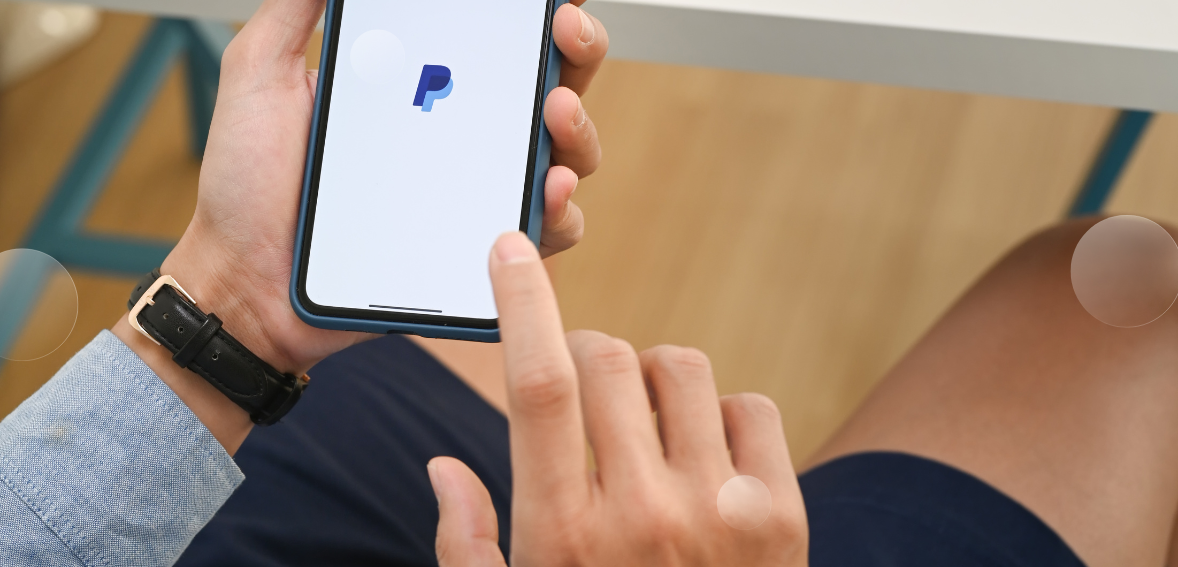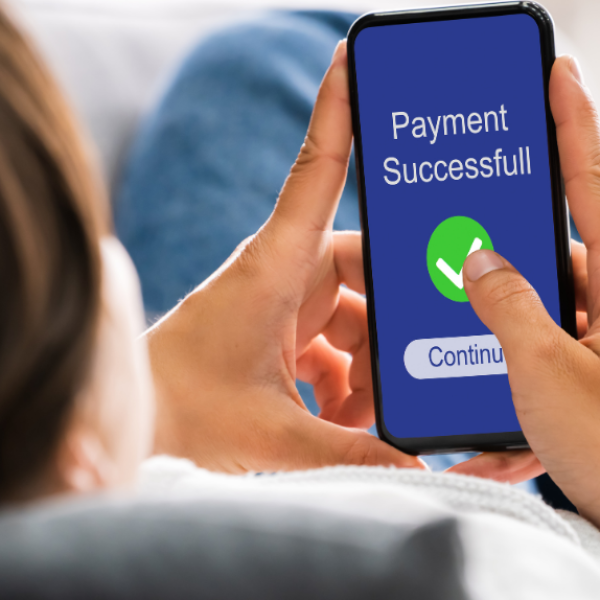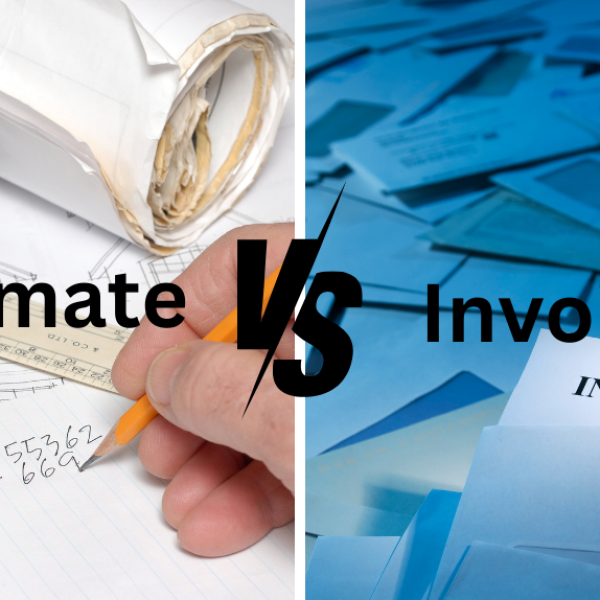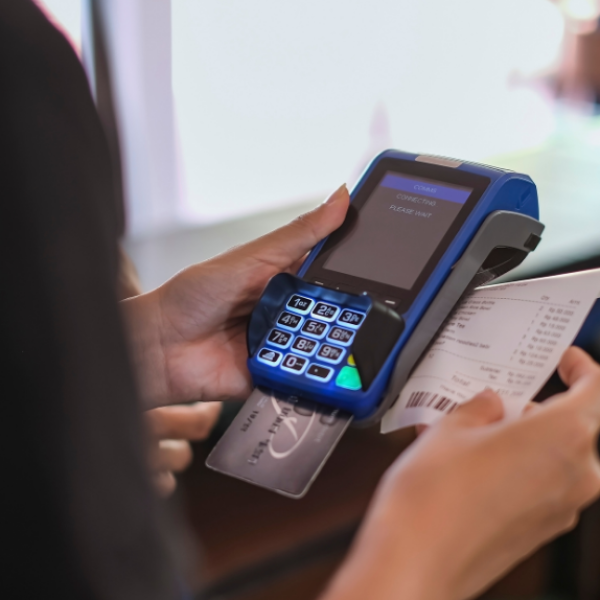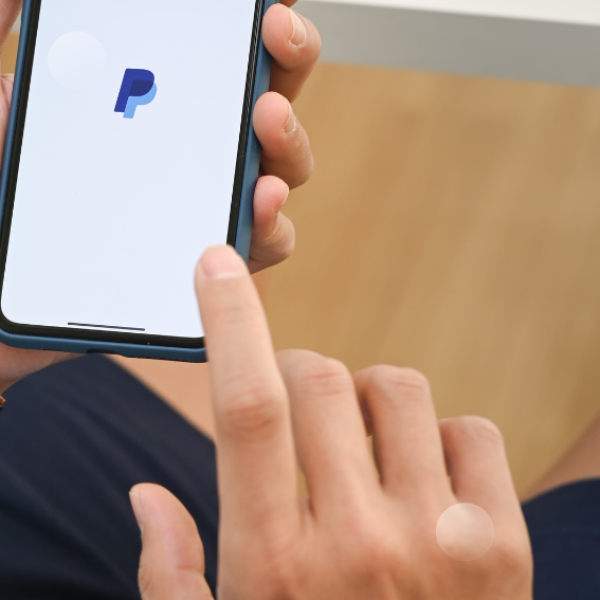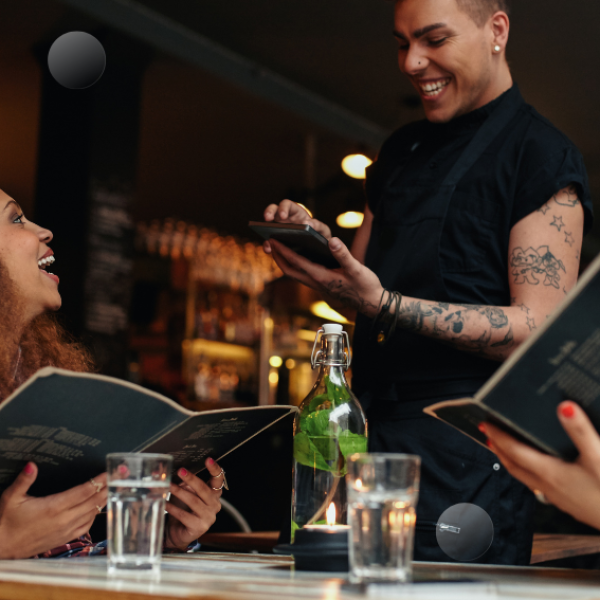Recent shifts in consumer behavior highlight the importance of restaurants delivering quick, efficient, and engaging dining experiences. Streamlining service to reduce waiting times, eliminating front counter lines, and adding personalized touches are crucial for quick-service establishments aiming to lead the market. Adopting a tableside ordering system could effectively address these aspects simultaneously.
With tablets, iPads, tabletop kiosks, and tableside payment options, restauranteurs can transform the dining experience with tableside ordering. These additions allow guests to order food and drinks, settle bills, enjoy music, play games, and provide feedback directly from their table. Whether through handheld point-of-sale (POS) systems or QR code-based ordering, tableside technology enhances customer satisfaction and simplifies operations for front-of-house staff.
Keep reading to discover more about tableside ordering systems and their advantages for your restaurant.
In This Article
ToggleWhat is Tableside Ordering
Tableside ordering is when customers can order and pay for their meals and beverages directly from their table without needing the host stand or front counter to create and pass on the bill to receive payment. This method is much more beneficial or popular in various sit-down venues, including bars and casual dining restaurants.
The setup for tableside ordering can vary. In some establishments, servers use handheld electronic devices such as mobile POS (mPOS) systems and tablets to take orders and process payments right at the table. Plus, some restaurants equip each table with a dedicated touchscreen menu system, while others may implement a QR code menu that also serves as an order form.
Tableside ordering enhances the dining experience by eliminating the need for customers to queue up to place their orders. It also adds convenience, allowing guests to order and pay without leaving their seats.
What is a Tableside Ordering System?
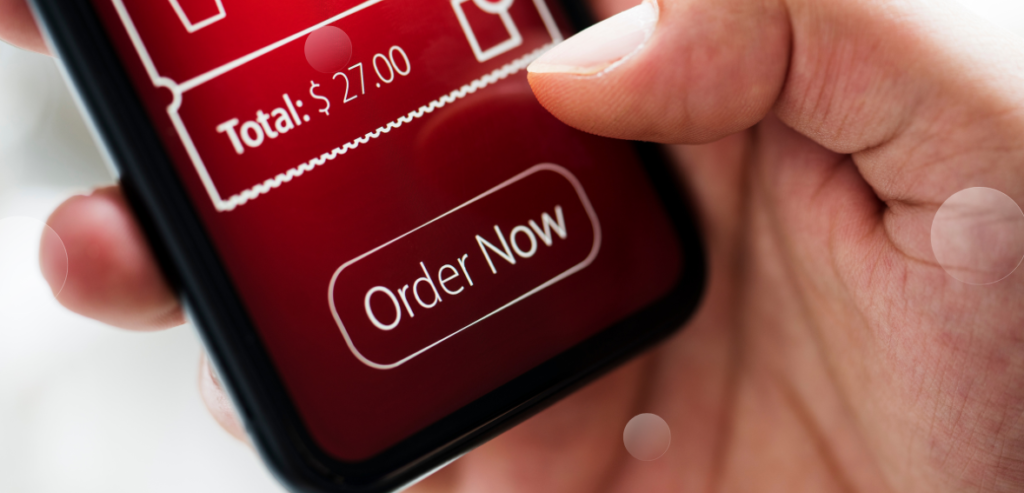
A tableside ordering system is a technological innovation designed to enhance restaurant ordering and payment processes. This system can be implemented in various forms:
- Handheld POS systems
- QR code ordering systems
- Self-service kiosks
Through a tableside ordering system, either servers or guests can quickly place orders and send them directly to the kitchen for preparation. Additionally, if the system supports tableside payments, guests can also settle their bills swiftly on the spot. Restaurateurs can integrate complete tableside ordering and payment capabilities or opt for just ordering or just payments based on their specific operational needs and preferences.
How Does Tableside Ordering Work?
A tableside ordering and payment system is a technological innovation revolutionizing how customers order and pay for their meals. It aims to enhance the overall dining experience with seamless service.
The restaurant POS software is central to this system, which organizes orders, processes payments, and streamlines various operational tasks. This allows customers to independently place orders and make payments through the restaurant’s POS system. It seamlessly integrates with kitchen display systems, improving service and kitchen staff communication. This integration ensures that orders are relayed accurately and promptly, reducing meal wait time.
Whether in an upscale dining establishment or a quaint café, advanced POS systems help deliver a superior dining experience to patrons.
How Tableside Ordering Can Boost Your Restaurant’s Potential?

The restaurant sector continuously adapts, utilizing new technologies to enhance customer satisfaction and operational effectiveness. Tableside ordering systems, which include options like QR codes, handheld POS devices, or integrated table kiosks, offer eateries aiming to refine their processes and elevate the dining experience with many advantages.
These systems simplify the ordering process, heighten accuracy, accelerate table turnover, enhance customer satisfaction, and contribute to increased revenue.
Enhanced Dining Experience Through Simplified Ordering:
One prominent benefit of tableside ordering is the simplification of the dining experience. Through modern technological conveniences, diners can easily view the menu, place their orders, and make adjustments or additions right from their table.
This technology eliminates the need to flag down a server and minimizes order mistakes. Furthermore, this automation allows restaurant staff to dedicate more time to personalized service and addressing guests’ needs, thus enriching the overall dining experience.
Improved Order Accuracy:
Tableside ordering greatly enhances order precision. Traditional methods involving pen and paper frequently lead to miscommunications and transcription errors, resulting in incorrect orders and unhappy customers.
Digital interfaces allow diners to input their orders, significantly reducing errors directly. Patrons can tailor their meals precisely, ensuring their preferences are communicated to the kitchen staff. This boosts customer satisfaction and lowers the waste and costs linked to correcting order mistakes.
Minimize Paper Use
Whether your customers choose to pay with cash or credit card, a receipt is not always necessary or always “wanted” by the customers. Adopting this technology significantly reduces your paper waste. Similarly, with tableside ordering, customers can access the menu directly on their phones, eliminating the need for printed menus and saving on printing costs.
Increased Table Turnover:
Another advantage of tableside ordering is its capacity to increase table turnover rates. This system reduces the time traditionally needed for a server to take orders and process payments, which in turn helps restaurants to accommodate more customers within the same timeframe.
This is particularly advantageous during busy periods when the demand for tables is high. Faster table turnover leads to increased revenue for the restaurant and reduced waiting times for diners, thereby improving the overall dining experience.
Greater Customer Control and Satisfaction:
Furthermore, tableside ordering boosts customer satisfaction by giving diners greater control over their experience. Customers can peruse the menu at their leisure, access comprehensive details about each dish, and make well-informed choices, which increases their engagement and satisfaction with their selections.
The convenience of digital payment methods also ensures a smooth and hassle-free checkout process. By offering these efficient tools, restaurants can enhance service quality and create a memorable impression on their customers.
More Tips and More Reviews
Enhanced engagement, accurate order fulfillment, and swift service can lead servers to earn higher tips due to superior service quality. Tableside ordering also allows servers to manage more tables, thereby increasing their earnings per shift.
Customers who experience the convenience of digital tableside ordering are more inclined to post positive online reviews on platforms such as Google and Yelp, sharing their exceptional dining experiences.
Data-Driven Insights
Data analytics is revolutionizing industries, including the restaurant sector. Small restaurant owners who implement a tableside ordering POS system gain access to a wealth of valuable data that can catalyze their business’s growth.
Top-tier restaurant POS systems generate extensive data, providing deep insights into sales patterns and customer preferences. With this information, restaurants can make well-informed choices about pricing, menu selections, marketing initiatives, and more. This enables them to effectively respond to changing customer tastes and preferences, potentially increasing revenue. Plus, the restaurant POS system facilitates real-time inventory tracking. This feature simplifies inventory management, allowing restaurants to maintain ideal stock levels, minimize excess, and reduce waste.
Things to Remember When Integrating With Tableside Ordering

Introducing tableside payments to your restaurant can significantly enhance your operation, but managing the transition effectively and ensuring optimal performance is vital. Here are some factors to keep in mind:
Choose the Right Device
Select a tableside payment device that fits your restaurant’s specific needs. Look for attributes such as durability, user-friendliness, and compatibility with your existing POS system. The device should support various payment methods, including cash, gift cards, magstripe and chip cards, and digital wallets, ensuring a smooth payment experience for staff and customers.
Train Your Staff Thoroughly
Your servers are vital to a positive dining experience. Train them thoroughly on the handheld devices so they can answer any customer inquiries confidently. Keep your team informed about ongoing promotions and critical information that could benefit diners. Consider establishing a tableside payment protocol to cover everyday situations and practice this protocol with your team.
Inform Your Customers
Since not all guests may be familiar with tableside payments, educating them about the process is essential. Place informative signs or cards on tables explaining the benefits and procedures of tableside payments, emphasizing the security and convenience of these methods to reassure your customers.
Implement Rewards and Incentives
Rewards and incentives can encourage customers to use tableside payment methods, increasing adoption rates. With platforms like Toast, TouchBistro, and Square, setting up a digital rewards program for frequent customers is straightforward. When customers pay using a card linked to their profile, they’re shown available rewards at checkout on the Terminal. After selecting and redeeming rewards, proceed with the normal checkout process.
Enhance Operational Efficiency
Monitor the efficiency of your tableside payment system regularly. Review transaction times, customer feedback, and staff performance data to pinpoint areas for improvement. Adjust accordingly to optimize the payment process.
Focus on Data Security
Stress the significance of data security to your team and customers. Ensure that your tableside payment solutions and devices comply with PCI standards and adhere to best practices for secure transactions. By openly communicating your dedication to protecting customer data, you will build trust and confidence.
Conclusion
Tableside ordering systems revolutionize restaurant operations, enhancing efficiency and customer satisfaction. Eateries employ handheld POS devices, tabletop kiosks, and QR code menus to streamline service, improve order accuracy, and increase table turnover. Benefits include simplified ordering, precise customization, and reduced wait times. Plus, staff can earn higher tips, and restaurants garner more positive reviews. Implementing such systems requires careful device selection, thorough staff training, and transparent customer communication.
Prioritizing data security and operational efficiency ensures a seamless transition. Ultimately, tableside ordering signifies a commitment to modernization and superior service, positioning restaurants for sustained success in a competitive industry.
Frequently Asked Questions
What are the main benefits of tableside ordering?
Tableside ordering boosts your restaurant’s efficiency by speeding up service and reducing errors. It enhances customer experiences by facilitating quicker transactions and providing upselling opportunities. It also eases staff workloads and potentially increases their tips.
How does tableside ordering improve customer experience?
Tableside ordering puts customers in control, allowing them to order and pay directly from their table, thus eliminating waiting times and reducing errors. It also meets modern expectations for convenience with digital menus and payment solutions.
Can tableside ordering systems reduce restaurant costs?
Tableside ordering can lower labor and operational costs by minimizing staff requirements and reducing errors. Digital menus also reduce the need for printed materials, further reducing expenses.
How does tableside ordering impact the accuracy of orders?
Tableside ordering enhances order accuracy as customers input their choices directly into digital systems. This accuracy improves customer satisfaction, reduces food waste, and cuts costs associated with incorrect orders.


